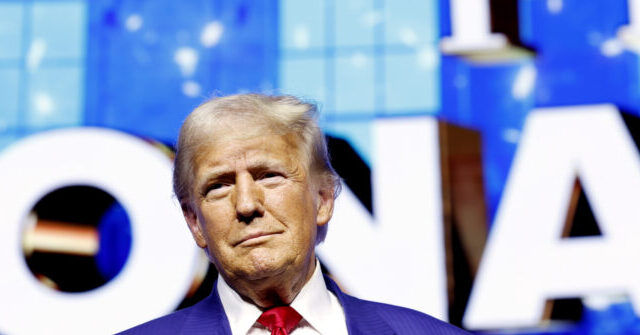Recent polling data from a joint effort by the New York Times and the Wall Street Journal reveals a significant challenge for Kamala Harris as she faces uphill competition against Donald Trump primarily on economic issues. According to the findings, a majority of registered voters, 51%, believe Trump is better suited to tackle inflation, with Harris trailing at 43%. This gap is wider than previous data collected in August, signifying a growing sentiment regarding economic leadership as the election approaches. Voter confidence in Harris to navigate economic challenges is further weakened by the pervasive belief that she is likely to continue the economic policies of President Joe Biden, which many voters have come to disapprove of, thus complicating her attempt to carve out a distinct identity.
Overall perceptions of economic competency place Trump in a favorable position overall, with 53% of voters preferring him over Harris’s 41% when it comes to general economic management. These statistics have remained relatively stable since earlier surveys in the summer, indicating that Harris has not managed to improve her standing in the eyes of the electorate, even as the economic situation remains an outrageously pressing concern for voters. This static response suggests that voters may not associate Harris with change or improvement from the current administration, instead viewing her as an extension of Biden and his policies.
The latest New York Times/Siena poll further reflects on this concerning trend for Harris, as Trump emerges with a notable seven-point lead in economic favorability. While there has been a slight upward movement in support for Harris—indicating she has made some progress with various demographic groups—she still lags behind Trump in critical voter segments. The poll indicates that while 52% favor Trump, only 45% align with Harris on the issues of economic management. This reflects a tough mountain to climb for Harris, as economic discontent often propels electoral outcomes, and she remains entrenched in an uphill battle to alter public perception.
Demographics reveal a nuanced picture for Harris; she has gained ground among Hispanic, black, and white voters, although Trump still leads overall. Within the past few months, Harris’s support among white voters saw a slight increase from 35% to 40%, although the preference for Trump remains strong at 58%. In the Hispanic demographic, Trump maintains a majority support at 51% compared to 42% for Harris, indicating that while her efforts may be resonating somewhat, challenging Trump’s predominance remains a significant obstacle.
Among Black voters, who have been a traditional stronghold for Democratic candidates, Harris has achieved a more optimistic standing. Support among this group rose from 69% in September to 79% in the most recent polling, showcasing her continued relevance in that demographic. However, overall voter sentiment continues to prioritize economic competence, reflecting a crucial element of the campaign in which support for Harris still shows vulnerability, even amidst a slight rally in her favor.
The intimate connection between voters’ concerns regarding inflation and the economy and their electoral preferences constitutes a decisive factor. Despite some gains in specific demographics, Harris still faces considerable barriers in convincing a broader voter base that she can offer effective economic solutions. Trump’s dominant position on economic issues suggests an uphill battle for Harris as she strives to change voter perceptions and distinguish her political platform from that of the Biden administration, especially in an election season where public sentiment is heavily swayed by economic performance and inflation levels. The forthcoming months will be critical for Harris as she seeks not only to gain ground with undecided voters but also to convey a clear message that addresses the core concerns of the electorate.

